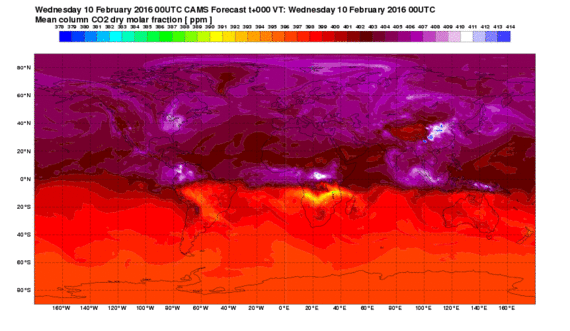- September 18, 2015
- in Green Tips
- by marcos
- 421
- 0
While there are more than a thousand different types of bananas around the world, most of us, sadly, only know the Cavendish variety.
Cavendish bananas are hearty and can survive overseas shipping, but they are definitely not the most delicious. That title, for our money, belongs to ice cream bananas, which can be found easily in Hawaii, as well as other tropical environments in southeast Asia and central America.
Like its name suggests, the ice cream banana is sweet with undeniable hints of vanilla and its skin even appears frosted, starting out as a bluish-green color before it ripens.
At its most ripe stage, its texture is fluffier and creamier than the typical Chiquita you’ll find at the store, and they practically melt in your mouth.
As sinful as they sound, ice cream bananas don’t contain artificial sweeteners, flavors or additives. They’re just born that way.
A photo posted by @mariadinulescu on Jun 22, 2015 at 7:33pm PDT
Ice cream bananas (also known as blue java bananas) may be a specialty fruit, but they aren’t anything new. Farmers have been growing these sweet fruits in Hawaii since the early 1920s, according to Ken Love, executive director of Hawaii Tropical Fruit Growers, and in other tropical regions for ages.
“There are over 100 types of bananas in Hawaii, all tasting different,” Love told The Huffington Post. “It’s really the diversity that’s interesting.”
And ice cream bananas, Love adds, aren’t even the sweetest variety.
As he explains on the website HawaiiFruit.net, banana plants mutate naturally, giving different bananas a variety of distinct flavors and characteristics such as apple bananas (which have hints of sweet citrus) and the Mysore banana (which tastes like berries, according to one Hawaii grower).
“Bananas are usually classified in terms of their chromosomes,” Love told HuffPost. “Those chromosomes are made up of A — acimnata, the sweetness and the sugar — or B — balbisiana, the starch.”
The ice cream banana (which is part of the ABB genomic group), as Love explained, is one part sugar and two parts starch. “In this case,” he said, “the starch converts to sugar when they’re fully ripe.”
When they’re very ripe and soft, Love likes to spread ice cream bananas over toast like butter. They also make a perfect ice cream alternative when frozen and blended.
A photo posted by J-bone (@justinfrommaui) on Sep 21, 2013 at 12:00pm PDT
So, where can you taste some of this flavorful, creamy goodness?
Barring a trip to Hawaii (which, by the way, we fully encourage), you can purchase an ice cream banana plant from an online nursery or on Amazon and then grow your own.
The ice cream banana plant grows best within zones 8 to 10 of the U.S. Department of Agriculture plant hardiness zones — that is, most of California, the Midwest and the South. They thrive in consistently moist soil, but can handle hot and dry conditions, as long as they are watered regularly and it doesn’t drop below 20 degrees Fahrenheit during the winter.
It may seem like a lot of work, but they’re so worth it.
That’s because, according to Love, locally or self-grown bananas taste a whole lot sweeter than grocery story bananas, which are harvested before they’re fully ripened.
“The difference is,” Love explains, “you’re getting bananas that are sweet and just picked off the tree, versus bananas that were harvested in Ecuador and ripened with ethylene gas in a container” while en route to your supermarket.
Which sounds more appetizing to you?
Also on HuffPost:
— This feed and its contents are the property of The Huffington Post, and use is subject to our terms. It may be used for personal consumption, but may not be distributed on a website.
Read more here:: These Magical Bananas Taste Exactly Like Ice Cream


